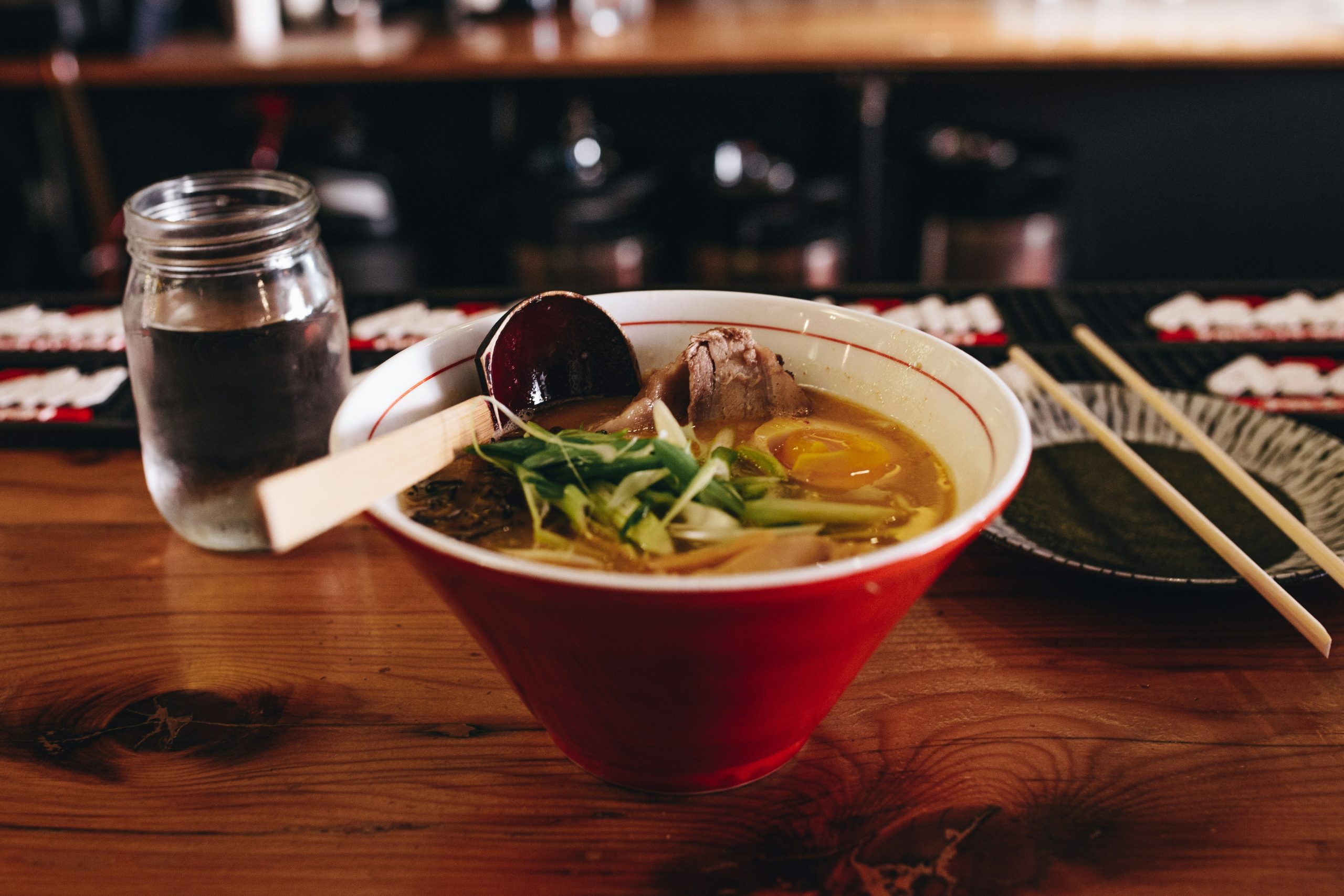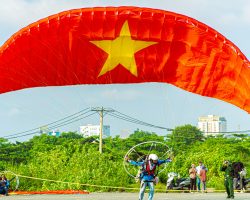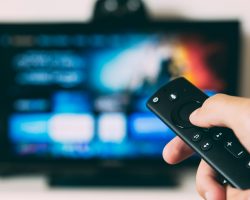In recent years, Vietnam has experienced a surge in the popularity of Japanese cuisine, leading to a proliferation of Japanese restaurants across the country. This trend reflects not only the growing appreciation for Japanese food among Vietnamese consumers but also the increasing Japanese expatriate community and tourism from Japan. In this article, B&Company will explore the current situation of Japanese restaurants in Vietnam, focusing on their locations and the types of dishes they serve.
Geographic Distribution
Japanese restaurants in Vietnam are primarily concentrated in major urban centers, with Ho Chi Minh City and Hanoi leading the way. However, other cities such as Da Nang, Nha Trang, and Hoi An have also seen a significant increase in Japanese dining establishments.
Number of Japanese restaurants in some cities in Vietnam in 2024
Unit: restaurants

Source: Foody
Ho Chi Minh City
As the economic hub of Vietnam, Ho Chi Minh City boasts the highest concentration of Japanese restaurants in the country, with 944 restaurants. The city’s Districts 1 and 3 are particularly popular locations for these establishments, with areas like Le Thanh Ton Street (nicknamed “Little Tokyo”) and Thai Van Lung Street hosting numerous Japanese eateries. These range from high-end sushi bars to casual ramen shops and izakayas.
“Little Japan” in Le Thanh Ton – Thai Van Lung Street

Source: Vinwonders
Hanoi
The capital city, Hanoi, follows closely behind Ho Chi Minh City in terms of Japanese restaurant density with 472 restaurants. Popular areas for Japanese dining include the expat-friendly Tay Ho district, as well as the central districts of Hoan Kiem and Ba Dinh. The city’s Japanese cuisine scene caters to both traditional and fusion tastes, with a mix of authentic Japanese restaurants and Vietnamese-Japanese fusion establishments.
Japanese restaurant in Tay Ho district, Hanoi

Source: Hatoyama
Other Cities
In recent years, coastal cities like Da Nang and Nha Trang have seen a growth in Japanese restaurants, partly due to increased tourism from Japan (111 and 42 restaurants in 2024, respectively). These cities offer a blend of traditional Japanese cuisine and seafood-focused dishes that take advantage of the local marine bounty.
Types of Restaurants and Dishes Served
Japanese restaurants in Vietnam cater to various tastes and budgets, offering a wide range of dining experiences. Some of the most common types of Japanese restaurants found in the country:
| Type | Description | Example in Vietnam |
| Sushi and Sashimi Restaurants | Focus on serving fresh, raw fish and seafood. High-end establishments often import ingredients directly from Japan for authenticity and quality. | Sushi Hokkaido ( 9 restaurants in HCMC) |
| Ramen Shops | Specialize in various regional styles of ramen, such as Hokkaido-style miso ramen or Tokyo-style shoyu ramen. | Mutahiro Ramen (1 restaurant in HCMC) |
| Izakayas | Casual Japanese pubs serving a variety of small dishes meant to be shared, along with alcoholic beverages. Popular among young professionals and expats. | Robata Dining An (1 restaurant in HCMC) |
| Teppanyaki Restaurants | Offer an interactive dining experience with chefs cooking meat, seafood, and vegetables on a large iron griddle in front of customers. | Kissho Teppanyaki (1 restaurant in Da Nang) |
| Yakiniku Restaurants | Japanese-style barbecue restaurants where diners grill their own meat at the table. | Sumo BBQ (10 restaurants in HCMC, 9 restaurants in Hanoi, 1 restaurant in Dong Nai Province/ Da Nang City) |
| Donburi and Tempura Shops | Casual eateries specializing in rice bowl dishes topped with various ingredients or serving crispy tempura as their main offering. | Tokyo Deli (13 restaurants in HCMC, 15 restaurants in Hanoi) |
Challenges and Opportunities
Japanese restaurants in Vietnam navigate a landscape of both challenges and opportunities as they establish their presence in the country’s culinary scene. On the challenging side, many high-end establishments face the costly and logistically complex task of importing authentic ingredients from Japan to maintain the quality and authenticity of their dishes. This commitment to authenticity, however, must be balanced with adaptations to local tastes, creating a delicate tightrope walk for chefs and restaurant owners.
Moreover, Japanese restaurants must compete not only among themselves but also with a growing array of other foreign cuisines, such as Korean, Indian, and European restaurants, which are also vying for the attention of Vietnam’s increasingly cosmopolitan diners. To illustrate, in Ho Chi Minh City, Chinese restaurants currently account for the largest number, and Japanese and Korean restaurants appear to be roughly equal in number, among the total number of Asian restaurants.
The proportion of Asian restaurants in HCMC in 2024
100% = 4,767 restaurants

Source: Foody
Despite these hurdles, the sector enjoys significant opportunities driven by a growing appreciation for Japanese cuisine among Vietnamese consumers, an increase in Japanese tourism and expatriate communities, and rising disposable incomes in urban areas leading to more frequent dining out. These factors combine to create a dynamic market where creative and well-managed Japanese restaurants can thrive, potentially expanding beyond major urban centers into smaller cities and towns across Vietnam.
Conclusion
The landscape of Japanese restaurants in Vietnam is diverse and dynamic, reflecting the country’s growing appreciation for Japanese cuisine. From high-end sushi bars in Ho Chi Minh City to casual ramen shops in Hanoi and fusion cafes in coastal towns, Japanese dining establishments have become an integral part of Vietnam’s culinary scene. As the market continues to evolve, we can expect to see further innovations in Japanese-Vietnamese fusion cuisine and an expansion of Japanese restaurants into smaller cities and towns across the country.
| B&Company, Inc.
The first Japanese company specializing in market research in Vietnam since 2008. We provide a wide range of services including industry reports, industry interviews, consumer surveys, business matching. Additionally, we have recently developed a database of over 900,000 companies in Vietnam, which can be used to search for partners and analyze the market. Please do not hesitate to contact us if you have any queries. info@b-company.jp + (84) 28 3910 3913 |






















































